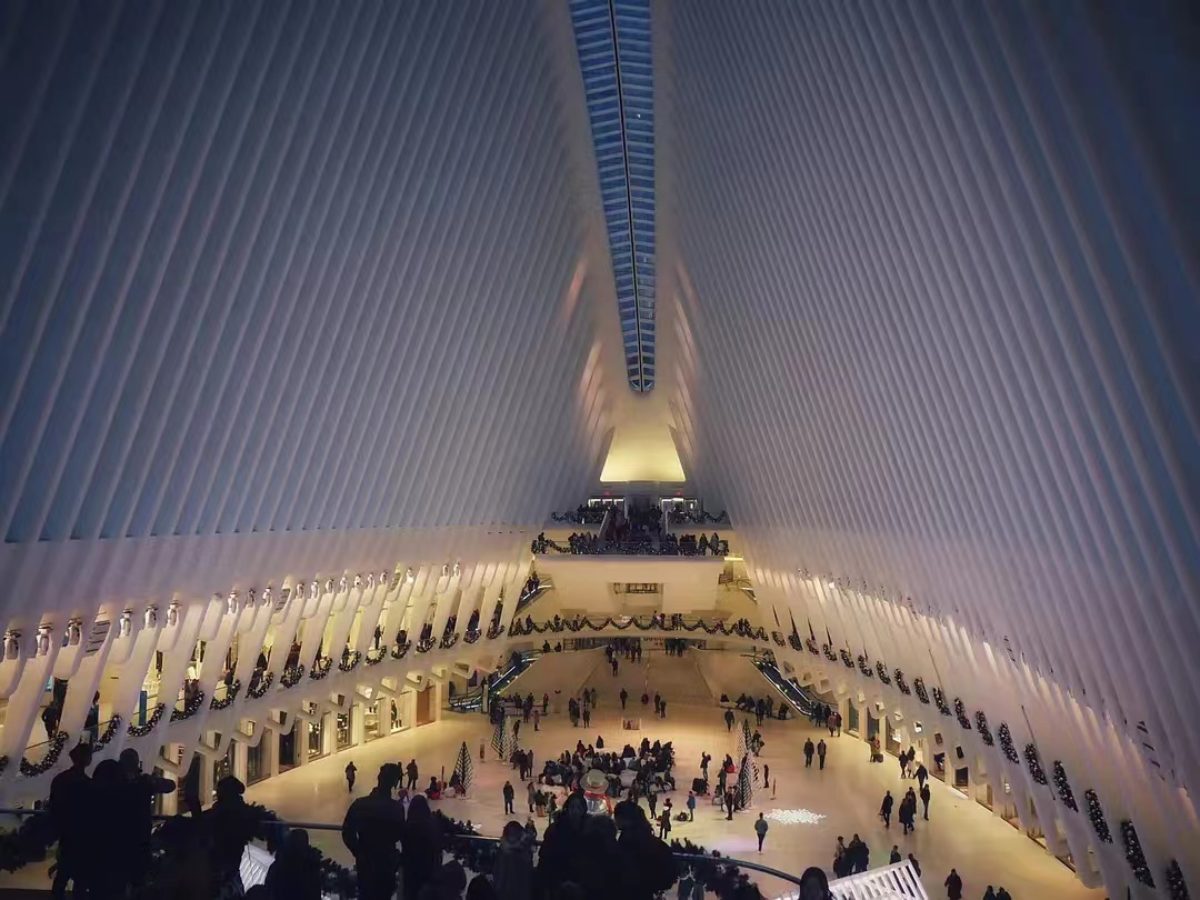UC: Digitisation has spurred ever-changing consumption patterns. How do you address this today through the design of consumption spaces?
QP: Digitalisation or online shopping does pose many challenges to physical retail properties. Of course, when a project reaches the architectural design phase, it has already gone through a feasibility study and project approval. We place more emphasis on the product itself, focusing on how to reinvigorate it with a unique charm to attract many visitors to experience it physically.
Today’s retail design space is focused on providing an exceptional experience for visitors. To create iconic designs, many have spent huge amounts of money on various IPs, but most of the time they hardly pay off.
In fact, the team leaders of these projects are from business and operation management with no architectural design background. Sometimes they pay too much attention to the description of the products and overlook the physical properties and finishing of the product. Therefore, the final results are not as good as originally described.
In addition, today’s younger generations grew up in an era where materials are abundant and hence they have higher quality expectations, which enables them to spot low-quality materials easily. There is a huge gap between high customer requirements and poor product quality.
Another common problem is that the time it takes to finalise a concept is much longer than to work out the details. Most of the time is spent in concept development, whilst the timeline for the planning stage, preliminary design stage, construction drawing stage, and even the construction and material selection stage is extremely tight, which inevitably causes the results to deviate from what is expected in the first place.
As architects, we need to be on top of the psychological needs of people for physical space and put an end to some of the characteristics of commercial projects of the past.
Some guidelines have accommodated the need for rapid replication of retail properties in the past, but such guidelines are no longer suitable to help us meet today’s increasing needs for differentiation. We have also seen that the designs of some popular retail spaces do not conform to the design logic and principles adhered to by many developers. Therefore, the physical retail spaces required in this era cannot be achieved by following a standardised model.






